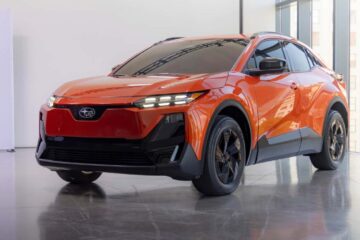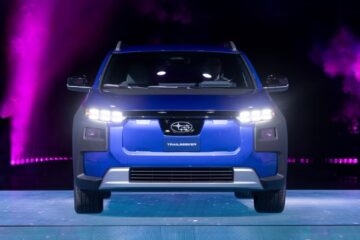Quick Highlights:
- Debuts as first production model on BMW’s Neue Klasse platform
- 800-volt system enables up to 200 miles of charge in just 10 minutes
- Dual-motor all-wheel-drive setup with around 400 horsepower
- Sustainable design uses recycled plastics, secondary aluminum, and PET-based upholstery
BMW’s boldest move may not be the upcoming Neue Klasse flagship sedan, but the SUV arriving first: the 2026 iX3 Neue Klasse. Built as the debut production model on this long-teased platform, it isn’t a rebadged X3 with batteries—it’s a clean-sheet rethink with tauter proportions, a stretched wheelbase, and an all-new 800-volt electrical backbone designed for efficiency and ultra-rapid charging.
For U.S. shoppers, there’s another first: the iX3 is finally coming stateside. And it’s not shy about its targets—BMW is positioning this compact luxury EV against Stuttgart and Ingolstadt heavyweights like the Porsche Macan EV and Audi Q6 e-tron, betting that range, charging speed, and sharpened dynamics will set it apart.
Range, Charging, and Performance
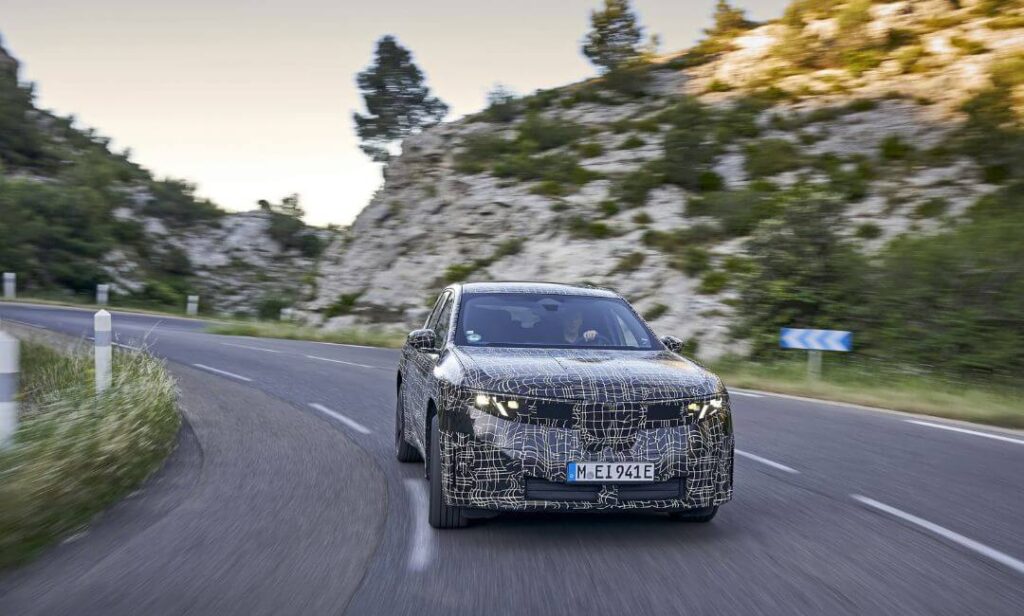
BMW projects an 800-volt battery system with a capacity expected to be close to 130 kWh, enabling a range of about 400 miles (EPA estimate pending). Plugged into a 400-kW DC fast charger, the iX3 should recover around 200 miles of range in roughly 10 minutes—a standout figure in the premium EV space.
With roughly 400 horsepower from its dual motors, the iX3 launches to 60 mph in less than five seconds. That puts the iX3 right in the crosshairs of Porsche and Mercedes rivals while maintaining BMW’s traditional emphasis on driving feel.
Experience and Cabin Design
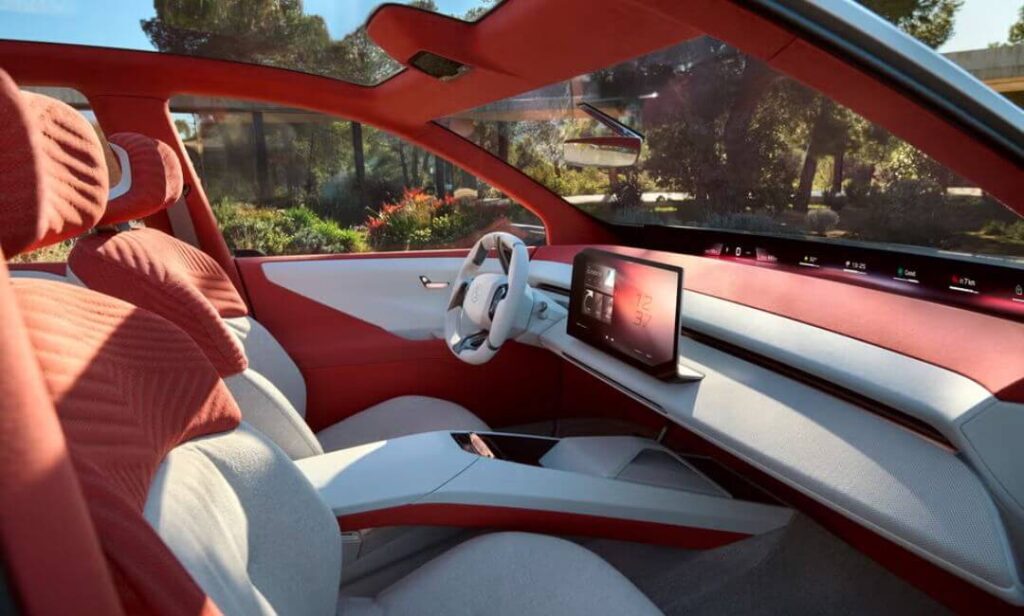
Look closely and you’ll see the Vision Neue Klasse X concept in the production iX3—sleeker lines, a longer wheelbase, and a cabin that feels far more spacious than the current X3. On the interior, a thin display strip installed on the lower edge of the windshield meets a central infotainment screen, offering aesthetic sophistication while still combining the feel of high-end features.
Sustainability is a key aspect for U.S. customers. PET-based Econeer fabric is used in the upholstery, and secondary aluminum comprises a large part of the suspension and wheel structures. BMW has also incorporated recycled maritime plastics in parts of the interior detailing as part of its theme of Designing for Circularity.
Rivals in the Segment
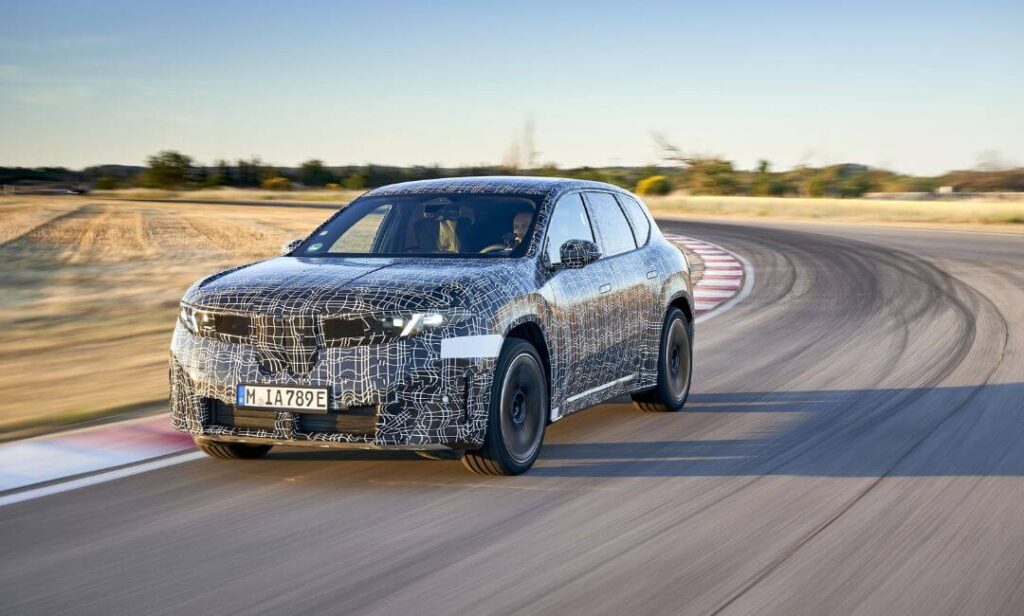
BMW will price the iX3 from about $60,000 when it reaches U.S. showrooms in mid-2026. That positions the iX3 directly against the Porsche Macan EV, Audi Q6 e-tron, Mercedes GLC EV, and Genesis Electrified GV70. Charging speed and long range will be the iX3’s headline advantages, though America’s still-limited 800-volt charging infrastructure could initially blunt that promise.
Production and Sustainability Efforts
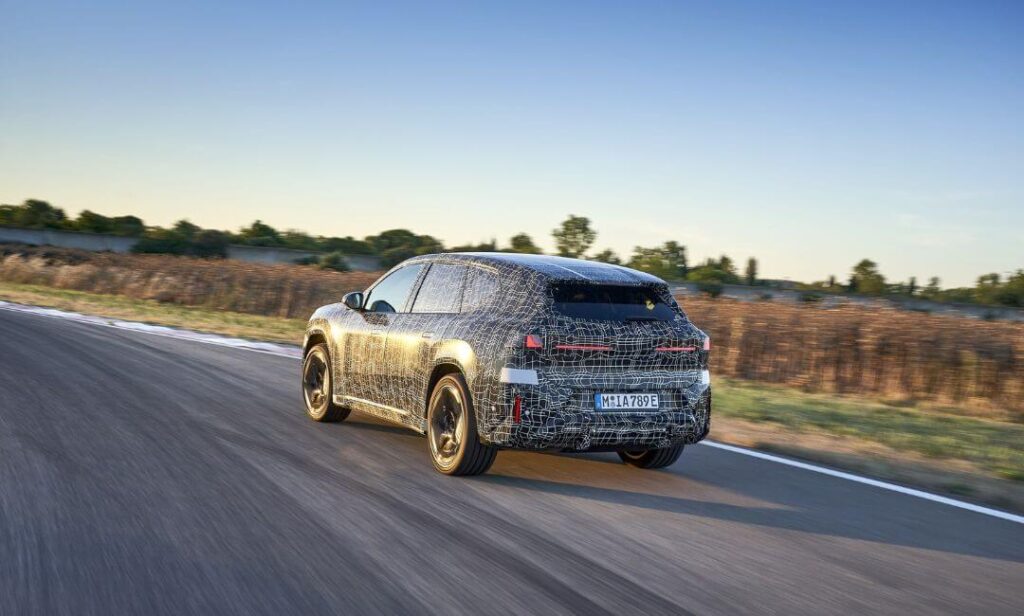
Assembly takes place at BMW’s new Debrecen plant in Hungary, the brand’s first factory designed to run without fossil fuels. Around 25 percent of its energy needs are met by on-site solar, with the rest coming from renewable sources. This approach helps cut CO₂-equivalent emissions in the supply chain by about 35 percent compared to earlier models.
BMW further highlights efficiency gains in use: the iX3 consumes about 20 percent less energy than its predecessor in WLTP testing, thanks to optimized aerodynamics, reduced rolling resistance, and lower onboard power consumption. Importantly, the vehicle’s carbon footprint becomes lower than that of a comparable combustion SUV after ~21,500 km (13,359 miles) on EU grid mix electricity, or as early as ~17,500 km (10,874 miles) when charged exclusively with renewable power.
Outlook
What BMW is offering here goes well beyond another electric X3. With Neue Klasse underpinnings, ~400 miles of range, ultra-fast charging, and an interior built from recycled materials, the iX3 signals where the brand is headed next. For buyers, it’s a compelling mix of speed, luxury, and conscience—aimed squarely at Stuttgart and Ingolstadt’s finest.
Source: BMW
Read More:


